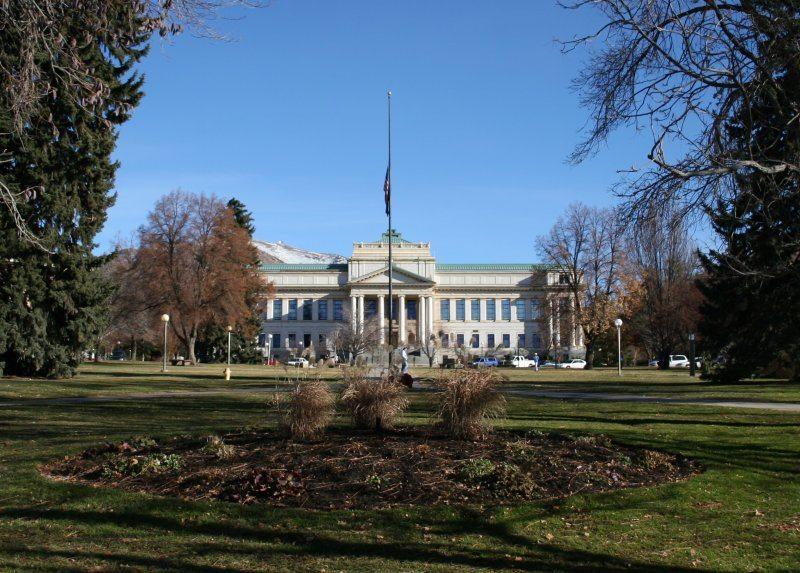Students attending public universities are well aware of the series of certain hard-to-swallow realities that simply come with attending one. Along with the rigor involved with the actual course work and the continually rising bar set to determine competitiveness, students face a myriad of other, non-academically pertinent hurdles. None of which quite compare to the increasing financial burdens we face.
The near four percent increase imposed in 2017 on public Utah universities wasn’t exactly a divergence from the trends of recent years, but even a slight increase of tuition coupled with the several hundred dollars worth of student fees (not including the outrageously expensive parking pass) and the textbook price tags would make even trust-funders blush.
Because the U is a state university, it is required to outline explicitly where it distributes each dollar earned, so an investigative approach to “uncover” any nefarious wrongdoing starts and stops at the popular website utahsright.com, a site used by many students as well as interested football fans to periodically peek at Coach Kyle Whittingham’s exorbitant wages.
While it might seem cliche to point the finger at the usual suspects, namely sports programs and the growing number of student amenities, they are in fact responsible for the highest percentage of increased fund allocations year after year, appearing on your tuition statement in the form of “student services.”
Another guilty party responsible for these small but steady hikes in average tuition comes from an increase in non-teaching faculty positions. A study conducted by the College Board Census for the years 2000-2012 found that this previously limited group of employees grew more than 28 percent in just 12 years, an increase of 50 percent from the previous decade.
This increasingly large portion of the workforce comes from widening pressures to offer unmatched student services in a market littered with comparable options. New offices in multimillion dollar structures continue to pop up all over our campus, professing the simple goal of garnering new applicants and retaining current students. A reasonable business model for most commercial organizations, but surely a misguided approach at elevating the quality of institutional academia’s fundamental product — learning.
And, while new programs aiming to provide more services and facilities have shown significant growth, the instructors who dedicate their life’s work to teaching have seen little to no rise in salary. Actually, in addition to pulling from students’ tuition and teachers’ salaries, many universities have recently started staffing more temporary professors at lower rates in another effort to allocate funds elsewhere.
Much has been said in recent years about the declining value of earning a four-year degree, and the arguments against higher level learning in modern times usually point to the lack of correlated worth regarding time, money spent and the growing rate of unemployment for college grads. These type of claims deservedly scare many current college students, fearing all might be for naught. Regardless of the legitimacy of these claims, students deserve at the very least a gain in valuable knowledge of their chosen subject- taught by the best, most qualified educators money can buy. Looking back on a student loan balaace in comparison to a mortgage, one should be confident that despite the rampant misuse of funds, their university experience provided them a first-class education.


